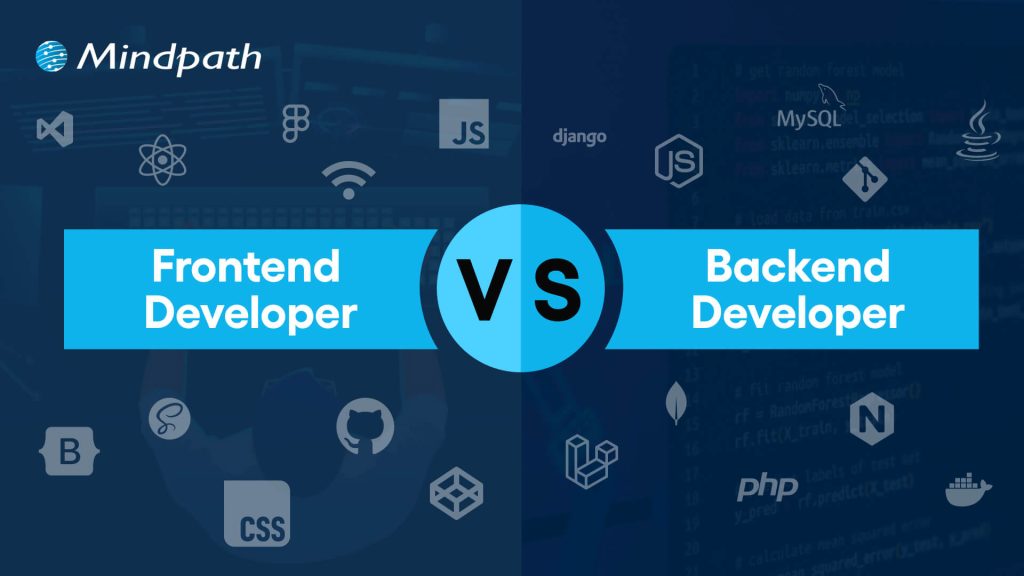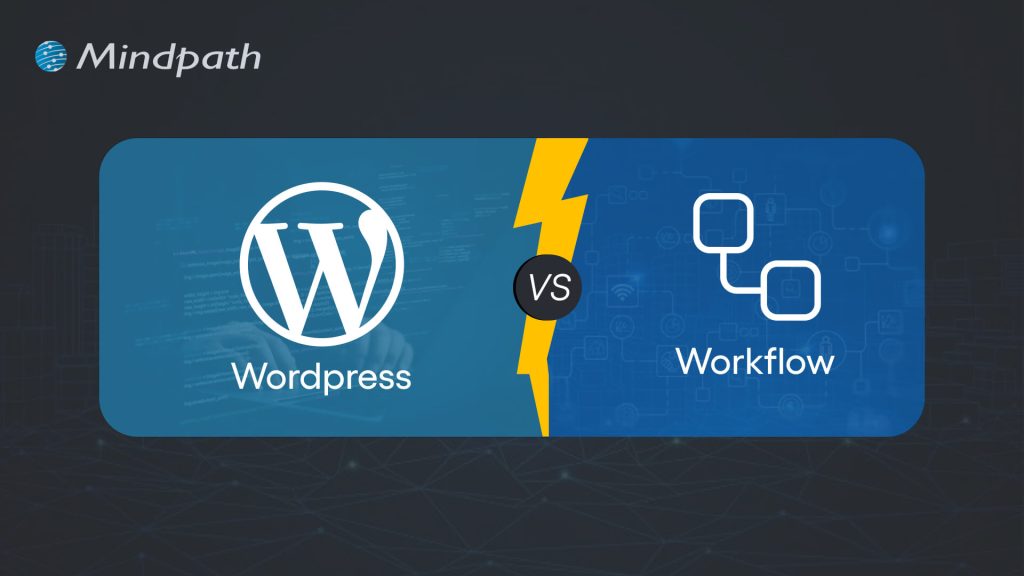Hiring a Node.js developer in California can be expensive owing to high demand and living costs. Experience, geography, and specialized skills have a considerable influence on pricing. The following are major cost factors for hiring Node.js developers in California.
1. Experience Level
The developer’s experience is vital in deciding the pricing. Junior developers (less than 2 years of experience) often charge $60-$80 per hour, whereas mid-level developers (3-5 years of experience) charge between $80-$120 per hour. Senior Node.js developers with substantial experience in backend architecture, team leadership, and system optimization earn $120-$150+ per hour. The more experienced the developer, the higher the charge; nevertheless, the investment frequently benefits in increased productivity, better problem-solving, and scalable solutions. When recruiting, match the developer’s experience to the project’s complexity to achieve cost-effectiveness and high-quality outcomes.
2. Location in California
California’s technology clusters have a substantial impact on Node.js developer rates. San Francisco, San Jose, and Los Angeles have some of the highest development expenses due to their concentration of technology enterprises. Developers in these locations frequently charge $100 to $150 or more per hour. In contrast, places outside large urban hubs, such as Sacramento or San Diego, have slightly lower costs, ranging from $80-$120 per hour. Remote recruiting from low-cost countries can help firms save money while still obtaining access to excellent talent. When picking developers, consider the cost vs in-person cooperation tradeoff.
3. Specialized Skillset
Developers that specialize in real-time applications, cloud technology, or complex database administration typically charge premium rates. Node.js developers who are skilled in WebSockets, AWS, GCP, and microservices architectures may earn between $120-$160 per hour, since these talents are in great demand for scalable and high-performance applications. Similarly, familiarity with enterprise-level security, DevOps processes, and AI connections can drive up expenses. Hiring developers with specialized knowledge provides optimal performance, security, and long-term scalability, but at a higher cost. Determine whether your project requires specialist skills or broad backend development.
4. Hiring Models: Freelance or In-House
The decision to use freelancers, in-house developers, or outsource to an agency affects total expenses. Freelancers are frequently less expensive, with hourly rates starting at $60, although they can’t always be available for long-term assignments. Full-time in-house developers demand pay, benefits, and office expenditures, which can increase yearly costs over $150,000-$200,000 for top positions. Hiring from development organizations gives you access to a team of qualified developers, but it frequently costs more per hour, ranging from $100 to $180. The appropriate employment strategy is determined by the project’s duration, budget, and the requirement for continuous assistance.
Looking for expert Node.js developers at competitive rates? Mindpath connects you with highly skilled developers specializing in scalable applications, APIs, cloud solutions, and real-time systems. Whether you need a freelancer, in-house developer, or a dedicated team, we provide the right talent to match your project’s needs.
Don’t let high costs slow your project down! Partner with Mindpath to get the best Node.js talent in California within your budget.












